Traditional Phobia Treatments VS EM'S Phobia Re-Write
Exposure Therapy
For years Exposure Therapy (ET) has been the primary treatment recommended for Phobias.
Rooted in behavioural therapy, the idea is that a key element keeping your phobia alive is your avoidance of the stimulus. What do I mean? In some way your subconscious has connected the fact that you are alive and well, with your avoidance pattern of spiders, snakes and bugs. To change the behaviour, ET, suggests we need to be exposed to the stimulus to see that we are still alive and well despite our contact - thus disrupting the strength of the stimulus and behaviour pattern.
ET is a successful therapy and works for many people. It has even made huge leaps into the space of virtual reality in the last decade so it's a little less traumatic than the ET of the 80s and 90s.
Therapists take every care to ensure the patient is not re-traumatised in any way. This can mean that treatment is administered very gradually, which is why ET has the tendency to take anywhere from 8-16 sessions depending on the severity. This slow release, can also make it feel a little tedious and expensive... The other downside of ET is that for some people, the idea of facing your foe (or for some pun fun, foebia) is too off putting to even start (this was me right here!).
VS
Rapid Transformational Therapy (RTT)
RTT works at the level of the subconscious mind. It combines techniques from NLP, Hypnotherapy and CBT to help you find the real root cause of your phobia and rewire the neural networks around the schema or stimulus of said phobia to be more resourceful; implanting, with your full awareness, the beliefs required to foster a healthy relationship with that stimulus (for some healthy relationship may simply mean not noticing it is there).
What we now know is that behind every behaviour is a cognitive emotional process, so working on just managing our physiological response alone is like working down stream. The flow moves from Belief --> Emotion --> Thinking --> Behaviour. RTT and NLP work upstream.
Why is RTT so popular as a phobia treatment?
RTT is done from the comfort of your home (via zoom) or our office (face to face), without ANY EXPOSURE what so ever! For most people it is a 1-2 session thing, which means after your small upfront investment, there are no residual costs. Clients also love that following the session, they receive their own personalised phobia-rewrite audio for 21 days to ensure the neurological changes are long lasting.
Then what happens?
Nothing really. You go about your day often forgetting you even had the treatment. The change is so subtle it often goes unnoticed. You don't realise how calmly you move past things that once caused you alarm. You forget how little time you spend thinking about risks that once had you in constant alert. It's truly incredible. Some people go out and directly test - facing their fears head on to see what has changed.
Most people just look around at some point and notice their increased sense of ease.
This is possibly one of the most amazing things about RTT actually. The effectiveness of the treatment increases with time. Months after my own treatment, I noticed such a heightened sense of ease, far beyond what I felt in the month following my session.
Neuroplasticity is such a magnificent thing, isn't it?
*For many people, 1 session alone is enough. We recommend 1 x RTT session and 1 x Coaching Session to ensure that the phobia and the impact of removing it are addressed in full. In exceptional cases, where a phobia is attached to deeper levels of trauma, treatment will need to be modified and will likely extend beyond 2 sessions.

